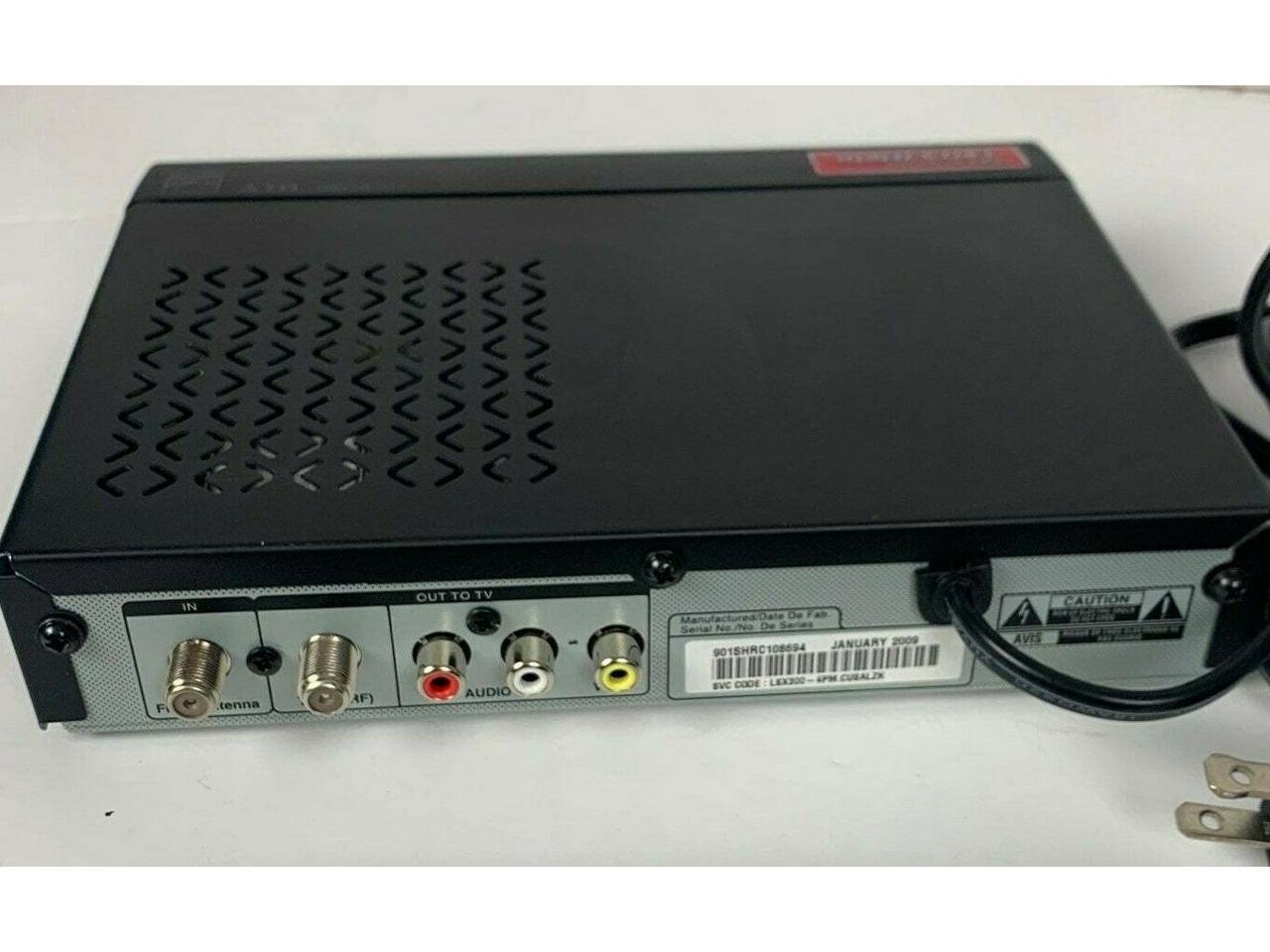

This application note explains the power supply configuration inside Benchmarks DAC2 D/A. Use USB output power that is more environmentally, not only reduce costs, but also compatible with all country.Ģ. The Benchmark DAC2 is an audio digital-to-analog converter.

The Digital to Analog Audio Converter is designed for either home or professional audio switching.It converts coaxial or toslink digital audio signals to analog L/R audio and available for connection to an external device such as an amplifier via standard RCA jacks.

It won't work with Dolby 5.1.Ģ, Only Support 2.1 Channel, Not for 5.1 Channel, Please Set The Audio Output to PCM or LPCM. Note: When connect to the Toslink and Coxial cables at the same time,the product will give priority to Toslink input.ġ, The SPDIF input must be Stereo PCM, please configure the output of your device. At 100 MS/s, the spurious free dynamic range is 82 dB (62 dB) for signals of 0.9 MHz (42 MHz) and the power consumption is only 16.7 mW.Before installation,please make sure all devices you wish to connect have been turned off.ġ) Connect the audio source device to the converter using appropriate Fiber optical cable or coxial cable.Ģ) Connect the A/V receivers or amplifiers to the converters to the converter using the appropriate R/L cable.ģ) Insert te DC side of 5V power supply into the converter and then connect the AC side of the power supply into the wall outlet. This is the first CMOS DAC reported that operates with a single 1.5-V power supply and achieves 14-bit linearity with less than 0.1 mm2 of active area. Humax HDR-1100S 500 GB Freesat with Freetime HD TV Recorder - Black. To demonstrate this technique, a 14-bit DAC prototype was implemented in a 0.13-μm digital CMOS process. Settling and dynamic performance are also improved due to a dramatic reduction of parasitic effects. In this paper, a new foreground calibration technique suitable for very-low-voltage environments is presented which effectively compensates for current source mismatch, and achieves high linearity with small die size and low power consumption. The output voltage produced at output side is. For the DAC the given digital voltage is b3 b2 b1 b0 where each bit is a binary value (0 or 1). The DAC generates analog output voltage corresponding to the given digital data signal. To overcome technology barriers, relax requirements on the layout, and reduce DAC sensitivities to process, temperature, and aging, calibration is emerging as a viable solution for the next-generation high-performance DACs. All the digital input bits are simultaneously applied to the DAC.

This not only results in large die size but also in significant degradation of dynamic range for high-frequency signals. The ATSC HD Digital TV Converter Box is one of the more complete purchases in this buyer’s guide since it comes with an antenna. Large-area current source arrays are widely used in current-steering digital-to-analog converters (DACs) to statistically maintain a required level of matching accuracy between the current sources.


 0 kommentar(er)
0 kommentar(er)
